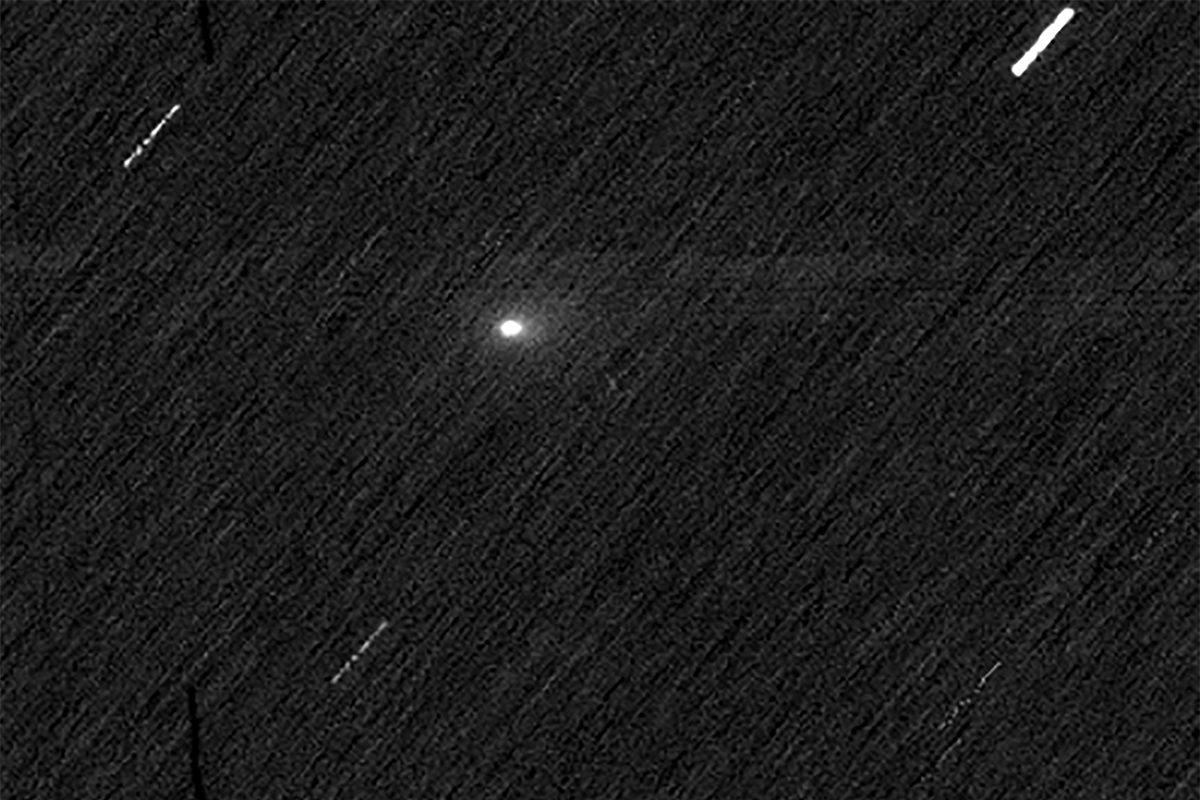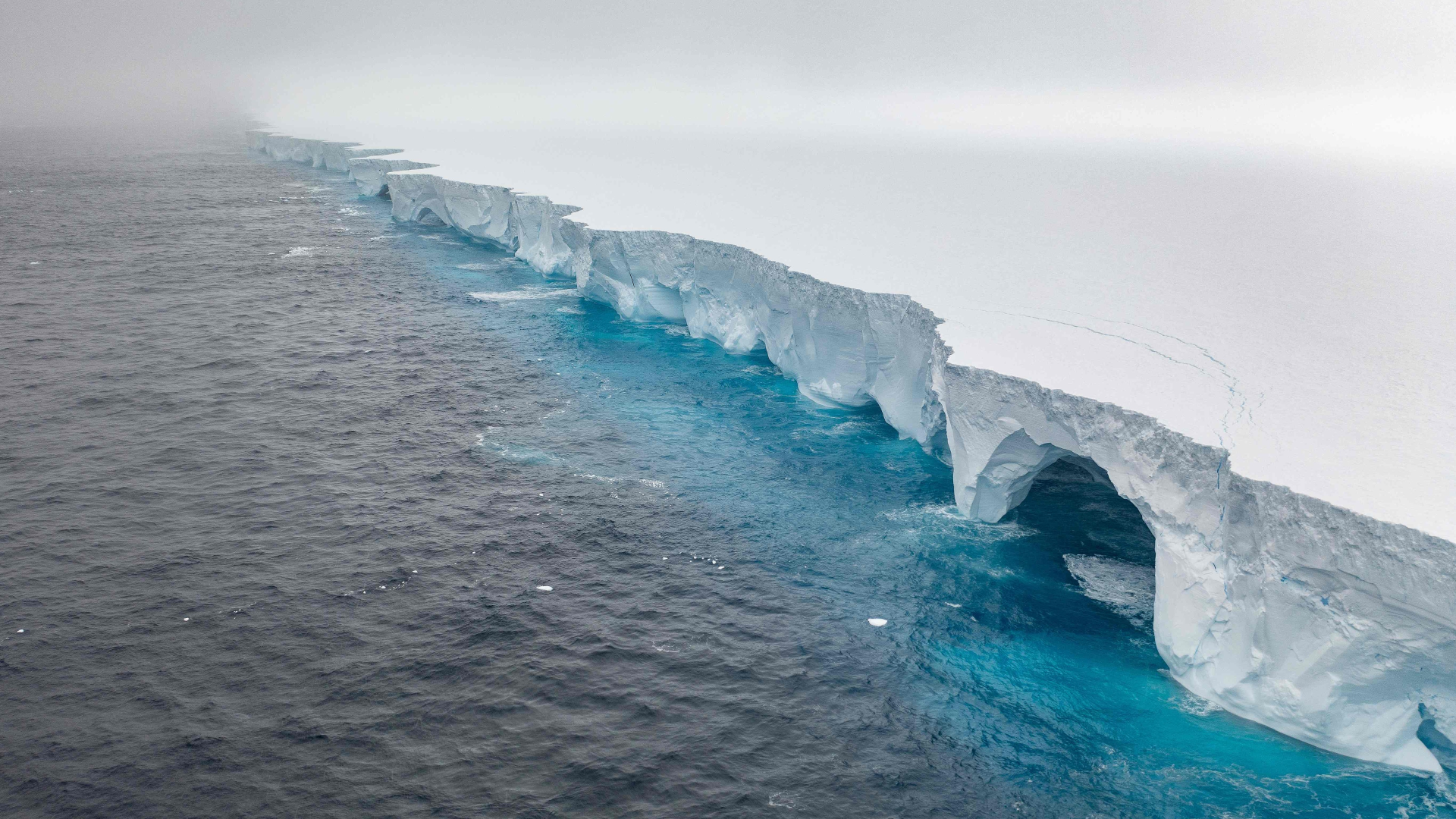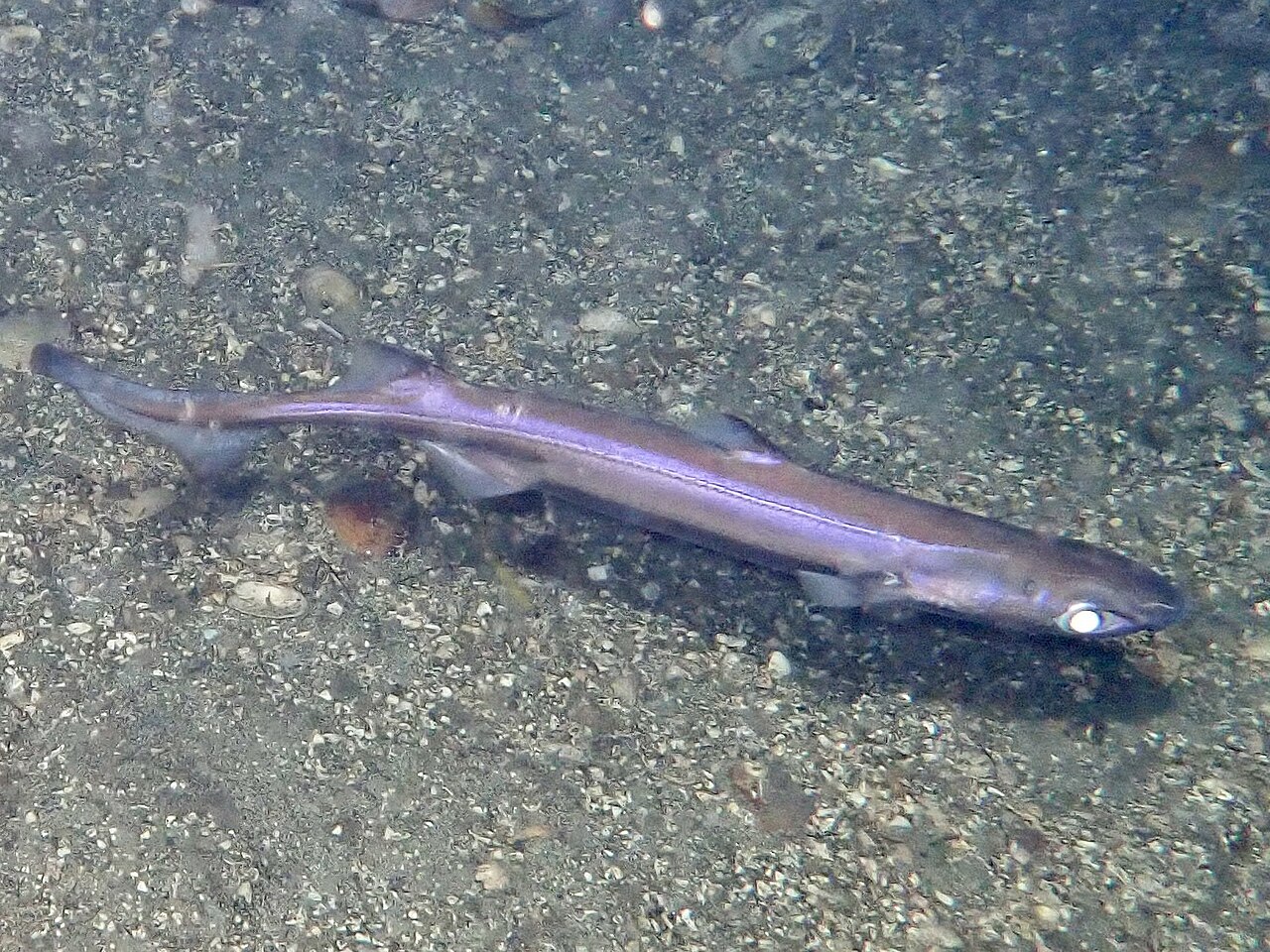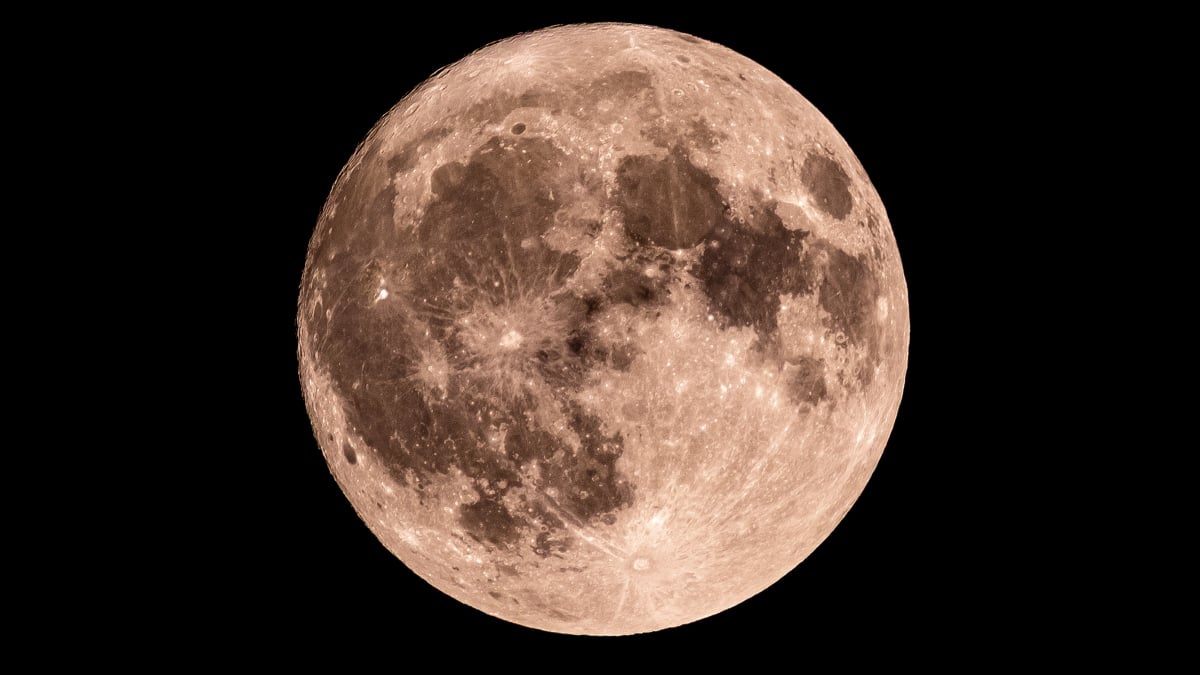What do you do when you want to observe something that’s on the other side of the Sun?
That’s the problem astronomers faced as October 2025 rolled around and comet 3I/ATLAS, the mysterious interstellar visitor, became lost in solar glare, as seen…

What do you do when you want to observe something that’s on the other side of the Sun?
That’s the problem astronomers faced as October 2025 rolled around and comet 3I/ATLAS, the mysterious interstellar visitor, became lost in solar glare, as seen…

Sky-watchers across Jersey were treated to a supermoon on Tuesday night.
A supermoon appears brighter and larger than other full moons in the evening sky and occurs when the Moon is at its closest point to the Earth.
The term was first coined in…

Several treatments including 2,4-D (0.5 to 2 mg/L), kinetin (0.5 to 1 mg/L), and the Fe₃O₄ nanoparticles (1 to 4 mg/L) produced reductions in plant height when compared to the control treatment. The…

Sky-watcher Jason Way captured this amazing shot of a supermoon above Dartmoor’s Haytor Rocks on Tuesday night, among many other images of the phenonomen taken in Cornwall.
A supermoon appears brighter and larger than other full moons in the…


New research shows that the Red…

Meanwhile, it was Dr Andrew Hosie, curator of Aquatic Zoology from the Western Australian Museum, who was involved in describing the new crab species.
“The new species of porcelain crab lives a symbiotic life with…

This month’s full moon falls on different days, depending on where you are in the world. In E.T., the full moon will reach its peak late in the day, 11:47 p.m. on Oct. 6. However, in BST, the peak…